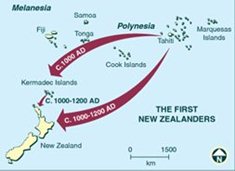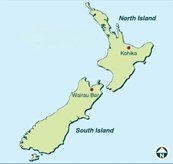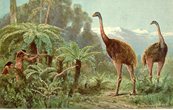Maori life
The family treeThe last major land mass in Polynesia was settled around the 13th century when humans reached New Zealand. These people would evolve into what we now call, the Maori.
The last great migration Maori society has, and always has had a very organised structure. At the heart of this structure was the ‘tribe’, or ‘iwi’. An iwi was originally identified by the waka in which the early Polynesians had arrived in New Zealand. Iwi ‘homelands’ are scattered across New Zealand, particularly in the North Island. This relationship to an area is similar to the concept of Aboriginal nations. At the next level was the main political unit of Maori society, the hapu. These ‘clans’ could include up to several hundred related people and were responsible for defending their land and supporting their members. Within the hapu there could be dozens of whanau (pronounced ‘far-now’), or extended families. Finally, within these three groups there was a system of social rank that was headed by the arika. |
Changing lifestyles
Read more on Wairau Bar and/or investigate the archaeological site. About 300 years later, the Kohika settlement, with access to the vital resource of obsidian, was thriving. Read about Kohika and learn about its significance.
|



